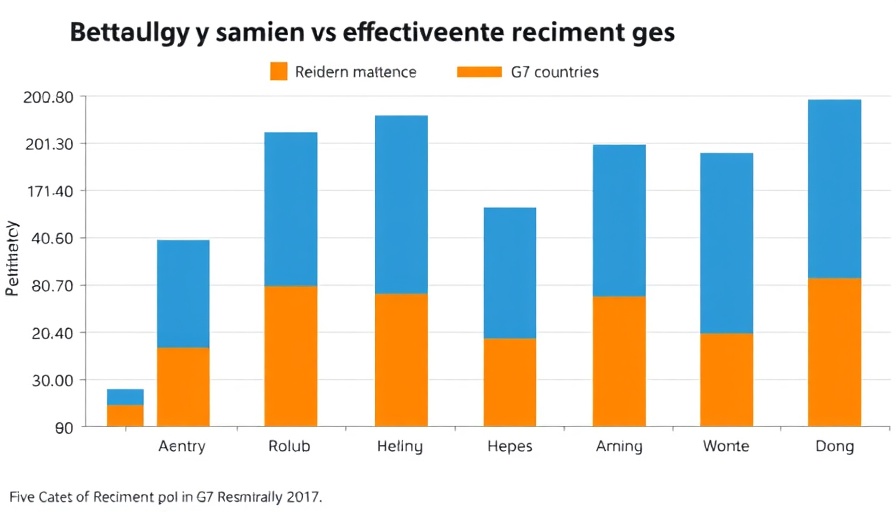
The Evolving Landscape of Human Resource Leadership
This month saw significant shifts in the human resources domain as several high-profile organizations have made strategic leadership changes. These adjustments not only reflect each company’s growth trajectory but also signal broader trends in talent management that emphasize employee performance and engagement.
New Faces in HR: A Formula for Success?
Grainger led the charge on May 2 with the appointment of Melanie Tinto as their new senior vice president and chief human resources officer. Tinto's background includes tenures at major companies such as Medtronic and Walmart, positioning her to drive impactful workforce strategy. The infusion of fresh leadership appears to focus on succession planning and fostering a high-performance culture, vital for employee engagement and retention.
Xerox and the Return to Roots
In a compelling move, Kim Kleps has ascended to the role of chief people officer at Xerox. With over two decades of experience in telecommunications and a history with Xerox dating back to 2014, Kleps is tasked with nurturing talent and sustaining operational excellence in a competitive market. Her expertise will be critical as organizations look to refine their leadership development initiatives.
Pioneering People-First Leadership at Pizza Hut
Pizza Hut introduced Tara Shawel as their global chief people and culture officer. Shawel's previous roles at Walgreens have equipped her with insights into employee retention strategies that prioritize a people-first leadership approach. Her experience should align well with the increasing demand for HR metrics that measure the impact of culture on business outcomes.
Keysight's Shift to New Leadership
Also noteworthy is Keysight’s announcement on May 27, appointing Jodi Juskie as their senior vice president and chief people officer. Transitioning from her role as assistant general counsel, Juskie brings a fresh legal perspective to HR, emphasizing the importance of compliance alongside talent optimization.
Conclusion: A New Era in HR Leadership
These appointments signal a transformative phase for HR functions, where the focus shifts toward nurturing talent strategically, enhancing employee engagement, and cultivating a high-performance culture. For CHROs and VPs of Talent, these changes offer insightful lessons on the evolving expectations and responsibilities within human resources.
 Add Row
Add Row  Add
Add 




Write A Comment